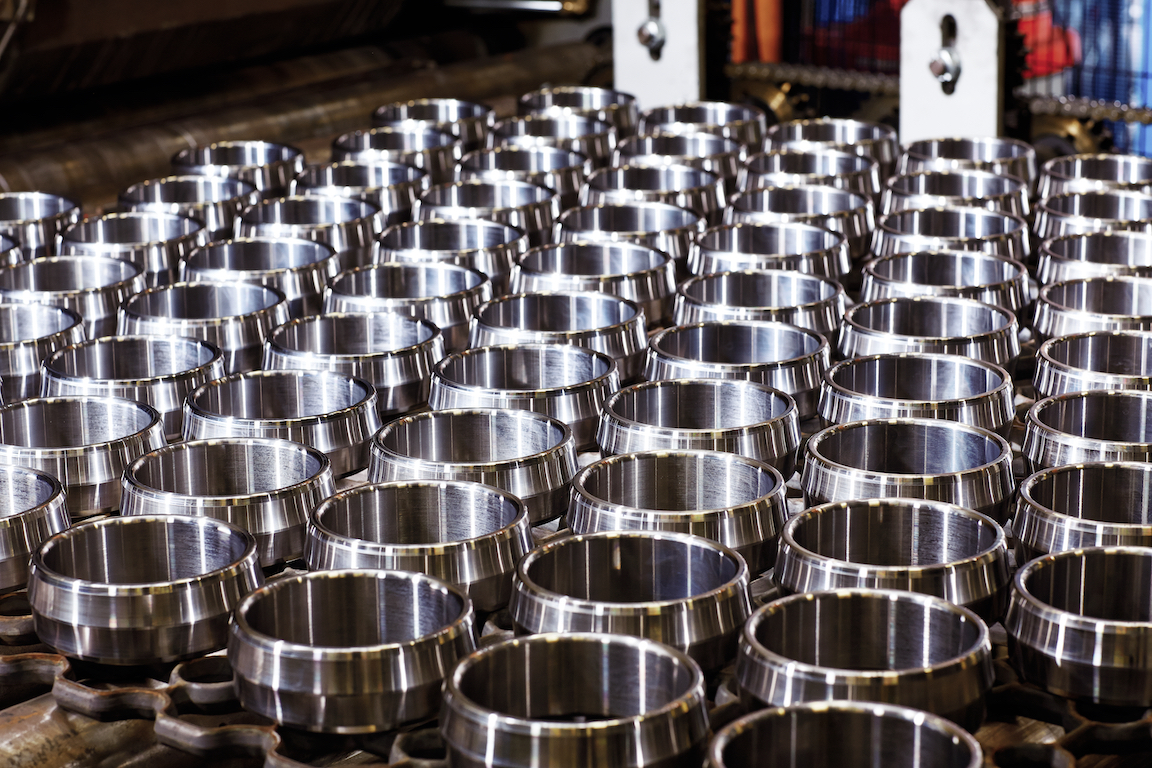
Leather for rough weather
Leather has been ubiquitous in man’s daily life for centuries. It can turn up in the form of a fashionable jacket or a living room easy chair or simply a pair of shoes. In fact, one pair of leather shoes made in 2000 BC has survived to this day.
Leather has been ubiquitous in man’s daily life for centuries. It can turn up in the form of a fashionable jacket or a living room easy chair or simply a pair of shoes. In fact, one pair of leather shoes made in 2000 BC has survived to this day.
Leather is a versatile material. Warm, windproof and resistant against wear, it has often been used in clothes made for outside work in rugged conditions. Properly treated, leather is also waterproof, but at the same time it lets humidity out. This means that the person inside a leather garment is kept dry and comfortable. Leather also has properties that have been found suitable for many other applications, such as harnesses, car linings and seals.
An important part of the leather-making process is the tanning. This term is often used to describe the entire process, but it actually covers only the chemical stabilising of the material. In ancient times people often tanned their own leather at home by rubbing the surface of a hide with fat or subjecting it to smoke. Later on it was discovered that soaking the material in water mixed with certain types of bark gave a better result. But still it was a laborious process.
Tanning a leather sole could take up to
two years.
Nowadays, leather making is an industrial business, and quicker results are desired in all steps of the process. This is the challenge for Rizzi SpA, an Italian manufacturer of leather-processing machinery. The company’s staking machine, fitted with CARB® toroidal roller bearings from SKF, works the leather mechanically to soften it before finishing.
The old-fashioned way to soften leather was to do it by hand or – as it was done in one ethnic nomadic culture – by teeth (they chewed on it). However awkward this may seem to an urbanite, it makes a lot of sense, especially if you have a cold. Why? Because a substance in the bark used for tanning has the same analgesic effect as a headache tablet.




